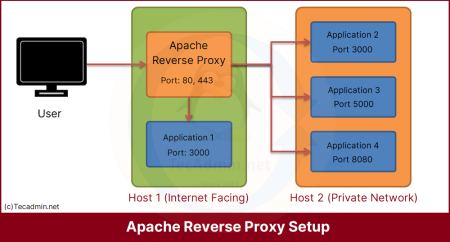Google Chrome is one of the most widely used web browsers in the world. Unfortunately, that also means that a lot of users will see broken links on your website if you don’t take precautions to prevent it. Re directing or ‘Redirecting’ an old URL to a new one is one such precaution you can take.
There are two redirect types:
- Permanent Redirect: A 301 Redirect is a permanent redirection. When a user types in a URL and gets redirected to another page, the new page comes up with a fresh title and description in the search engine results. The user will not be able to see the previous URL, and the previous URL will be replaced with the new URL in the browser’s history.
- Temporary Redirect: The 302 Redirect is a temporary redirect. Once the user clicks on the link from the new page, the browser will show the old URL in the address bar. However, if the user finds the page through a search engine, the page title and description remain the same. A 302 Redirect can be used to redirect the user to another page temporarily, but it is not ideal for redirecting to a permanent URL.
Redirect Syntax
Apache mod_alias module provides a Redirect directive that used to make temporary or permanent redirects. The basic syntax of Redirect is:
Redirect [status] [URL-path] URL
Here
- The Redirect is a directive to maps an old URL into a new one. The keyword is case-sensitive.
- The status can be either 301 for permanent redirects or 302 for temporary redirects. We can also use keywords instead
permanentortemp. - The old URL-path is is the case-sensitive path that begins with a slash. It’s optional with settings, the default will redirect the entire site.
- The new URL is the new URL to redirect. It can be the directory path (URL-path) beginning with a slash (/) or an absolute URL beginning with a scheme and hostname.
Redirect Examples
Let’s discuss a few examples of redirecting domains or URLs to other URLs.
- Redirect one page to another: Sometimes you changed the permalink (URL) of any page. Then you can redirect all users to a new page, who are still connecting to the old page.
# Redirect to a new URL on the same host Redirect 301 "/old-path" "/new-new" Redirect 301 "/app/services.html" "/app/v2/services.html"
- Redirect to other domains: This is useful when you want to redirect users to a page hosted on other domains.
# Redirect to a URL on a different host Redirect 301 "/app/service" "https://app.example.com/service"
- Redirect the entire website: If you have planned to change your domain name. It will be the best practice to configure 301 redirects for your entire website to a new domain. That will help you to restore all SEO.
# Redirect the entire website to a new domain Redirect "/" "https://example.net"
All the URLs and sub URLs of the website will be redirected to new https://example.net.
Benefits of using .htaccess to implement redirects
You don’t have to change the content of your website. This means that you don’t have to worry about making sure the content remains the same. You can add redirects without changing the content at all.
You don’t have to worry about Google penalizing your website. When you change the content on a page, you can trigger a penalty from Google. However, Google understands that redirects are essential for a healthy website.
Limitations of using .htaccess for 301 Redirects
If you are transferring a website to a new domain, you will probably want to change the content in the source code to redirect visitors to the new domain. Using a .htaccess redirect will only redirect the URL, but will not change the content.
Editing the .htaccess file is often a quick way of doing things, but it can also be a quick way of breaking things. If you make a mistake while editing the .htaccess file, you might break the whole site.
You cannot use .htaccess to redirect users from one subdomain to another subdomain. For example, if you have www.example.com and example.com as subdomains, you can’t redirect users from www.example.com to example.com.
Conclusion
Redirects are an essential part of maintaining a healthy website. They help ensure that broken links don’t lead to 404 pages and that your content is accessible. There are two redirect types: The 302 Redirect is a temporary redirect. Once the user clicks on the link from the new page, the browser will show the old URL in the address bar.
However, if the user finds the page through a search engine, the page title and description remain the same. A 302 Redirect can be used to redirect the user to another page temporarily, but it is not ideal for redirecting to a permanent URL. A 301 Redirect is a permanent redirect.

